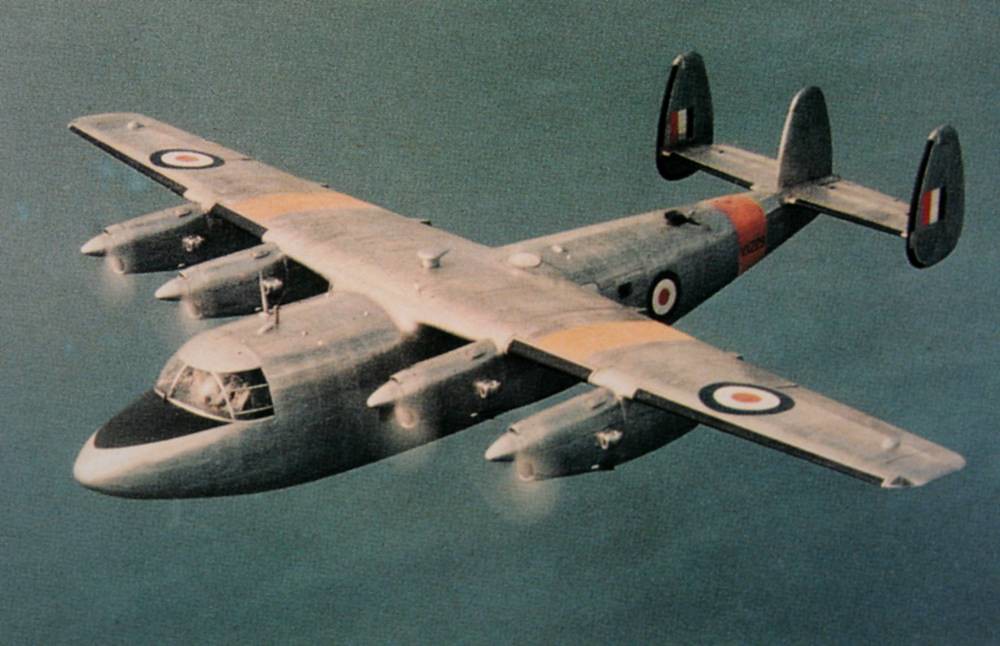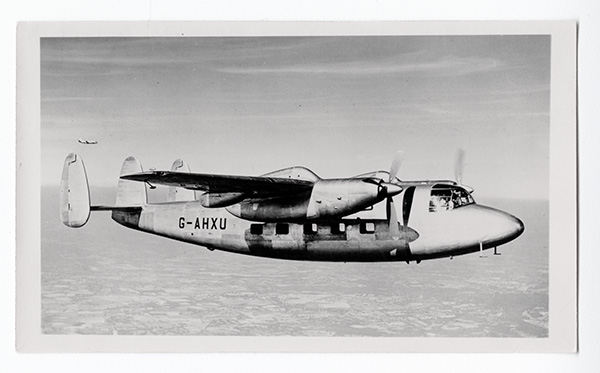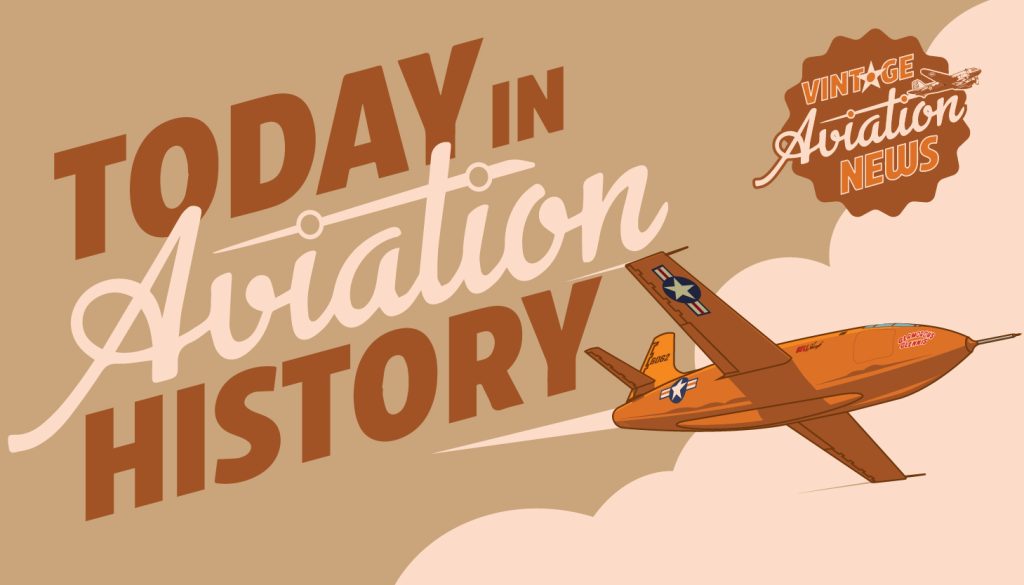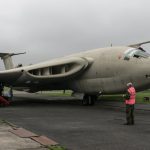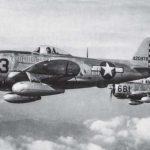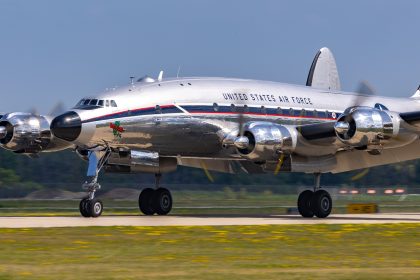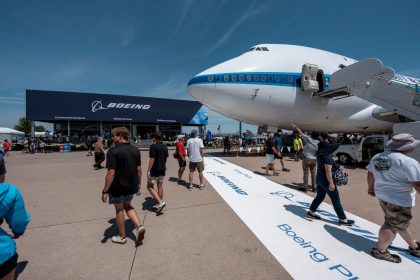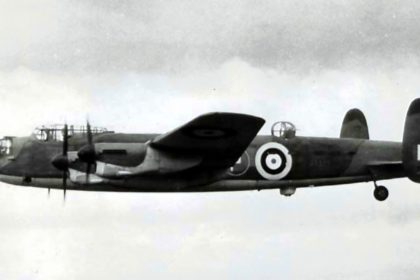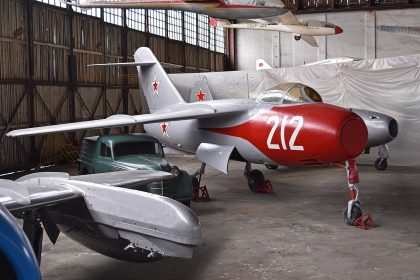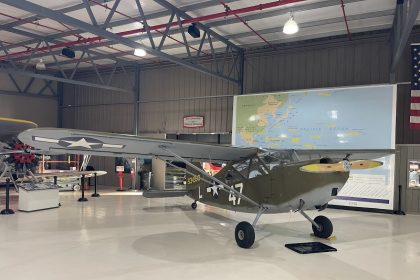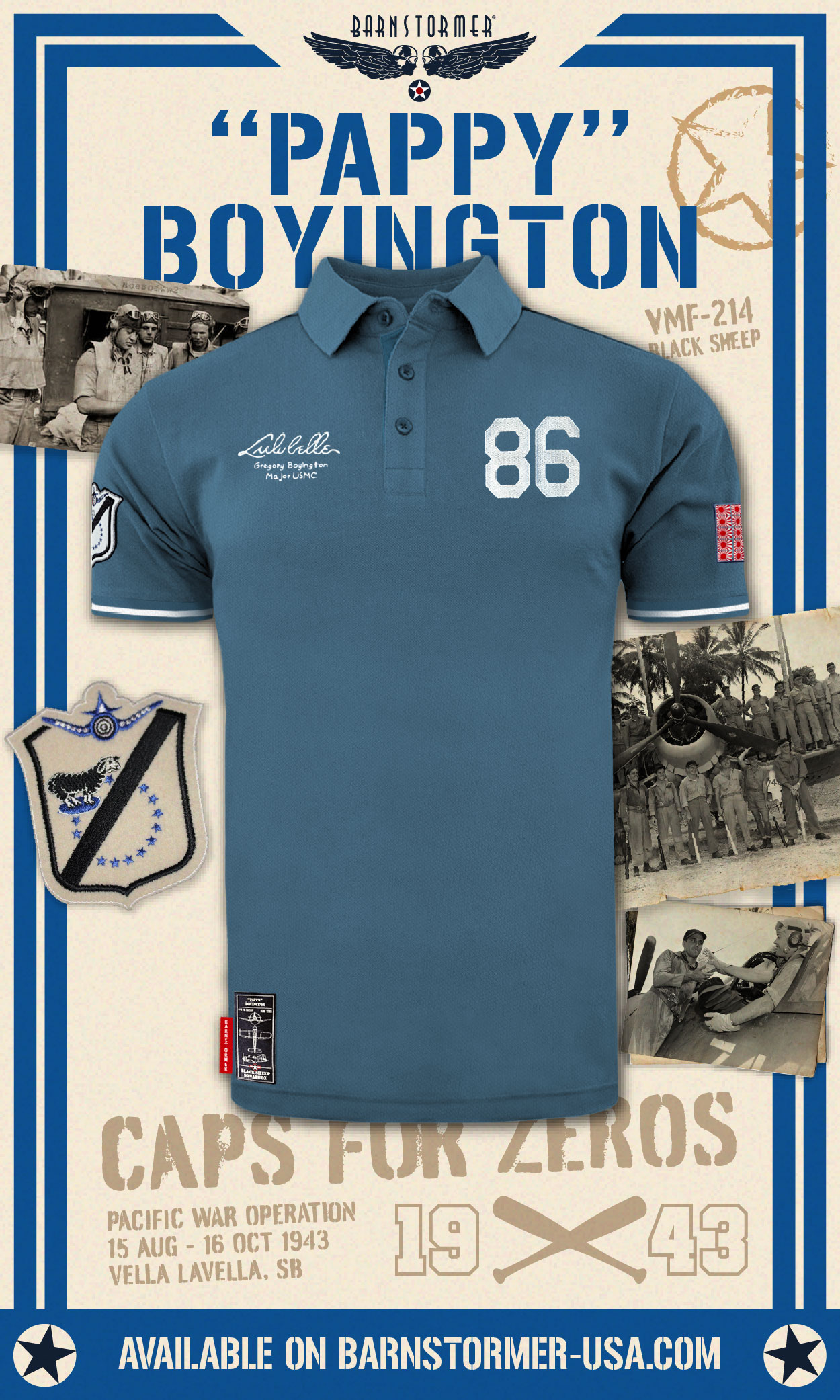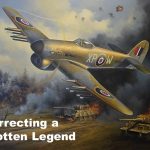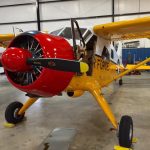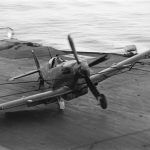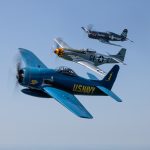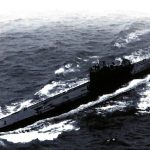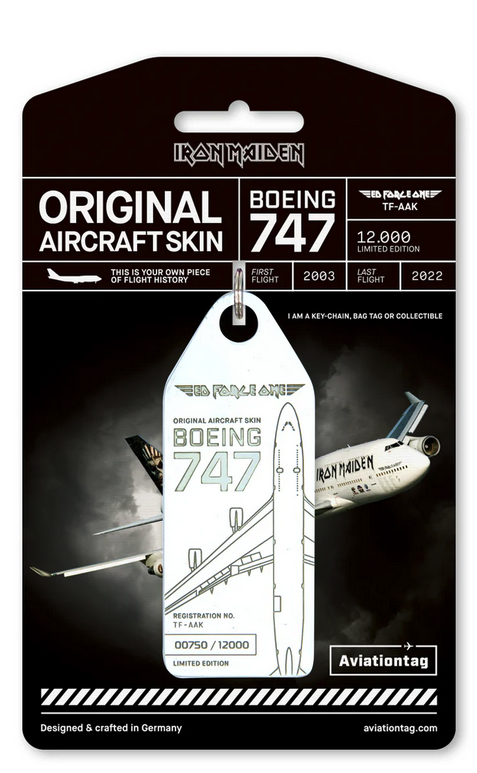On this day in aviation history, 79 years ago (May 19, 1946), the Handley Page Marathon took to the skies for the first time. Originally developed by Miles Aircraft Limited, the H.P.R.1 Marathon was conceived as a postwar civilian transport, spurred by the recommendations of the Brabazon Committee to revitalize British civil aviation. Development later shifted to Handley Page as part of contractual changes.
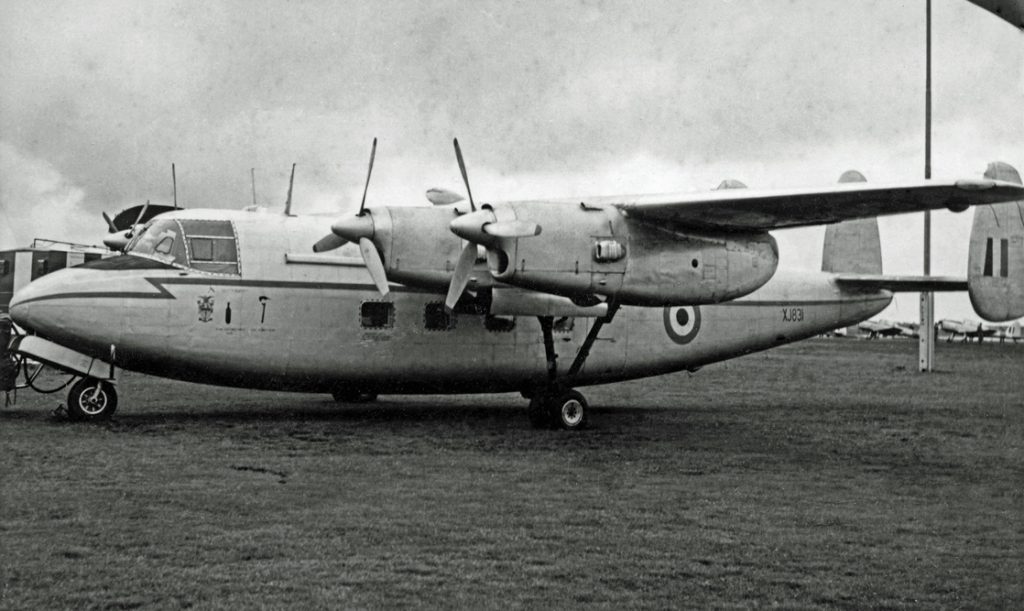
The first production aircraft, G-ALUB, embarked on an ambitious 40,000-mile sales tour beginning January 14, 1950, showcasing the type across Australia and New Zealand. The tour sparked interest among several operators, and the Marathon entered service with Union of Burma Airways, Far East Airlines in Japan, and the West African Airways Corporation in Nigeria. Meanwhile, around 30 unsold or returned aircraft from the Ministry of Supply were allocated to the Royal Air Force, where they served as navigation trainers.
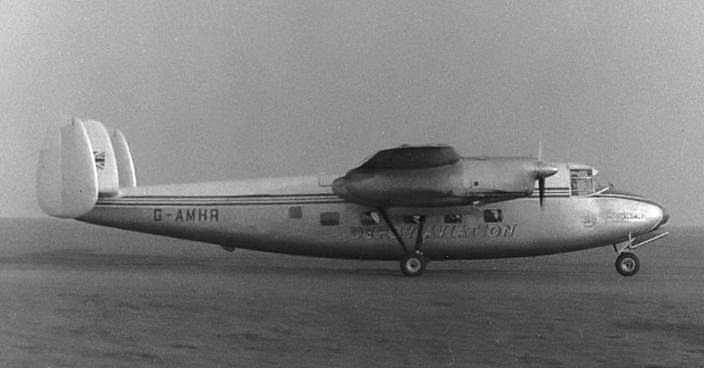
The Marathon was powered by four de Havilland Gipsy Queen 70-3 inline piston engines, each producing 340 horsepower. It cruised at 201 mph, had a range of 935 miles, and operated at a service ceiling of 18,000 feet. With a two-person crew, the aircraft could accommodate up to 20 passengers. Only 43 Marathons were built, and sadly, no complete examples are known to survive. The only preserved fragment is an upper fuselage section from Marathon M.60 G-AMGW, held in storage at the Miles Collection in Woodley, United Kingdom.
